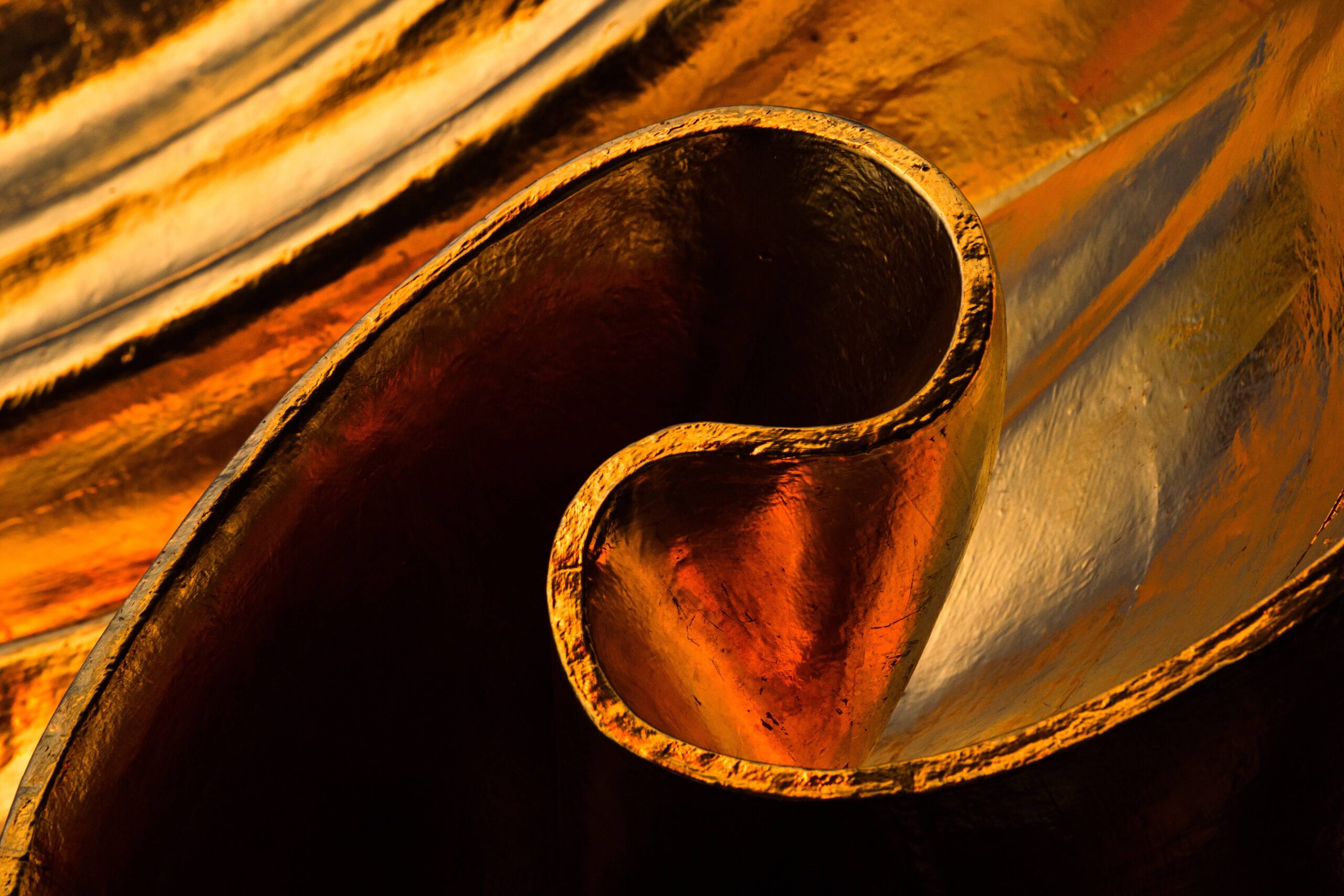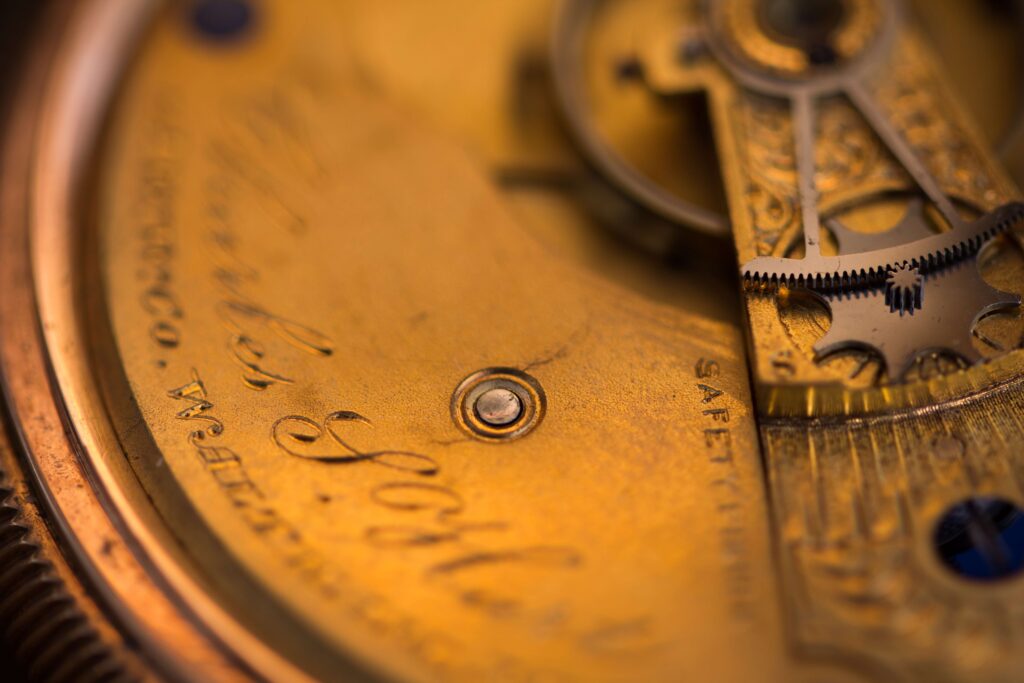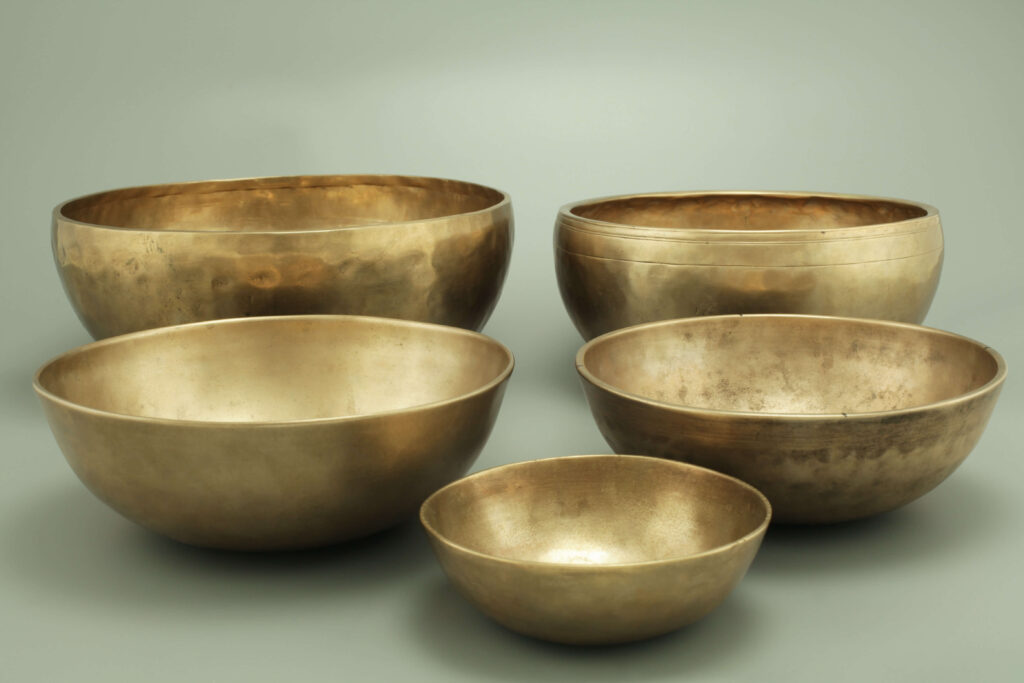From early civilizations to today’s modern world, brass has been a constant companion. This durable and easy-to-work-with alloy can be found in everything from cars to kitchenware — making it the perfect material for all your creative needs! You don’t have to be a scientist or an engineer to appreciate the beauty and practicality of this metal.
With so many potential uses, it would be hard not to appreciate its strength and versatility — from decorating your kitchen right down to being part of engineering projects. Unlock brass’s possibilities by learning more about this remarkable material today!
What is Brass?
Brass, or red or yellow brass, is a metallic alloy made from copper and zinc ores with small amounts of other elements, including tin, lead, and arsenic, making it a bright gold-like appearance. The proportions of copper alloy and zinc can vary, but brass is always composed of at least 80% pure copper and 20% zinc content.
There are many reasons why brass alloy is so popular, but perhaps the main reason is its unique properties and contribution to modern society. Brass alloys have been around since the bronze age and have been used to make everything from brass instruments and plumbing fixtures to jewelry. Because of its durability, corrosion resistance, and affordability, many people still use this metal for these same purposes today.
The Manufacturing Process of Brass
Crafting brass is a complex journey that involves more than meets the eye. It takes both science and artistry to transform raw materials into beautiful objects. The creation process involves machining, forming, heat-treating, and annealing for optimal strength before it can become its recognizable bright gold appearance. Each step adds something special until we finally have one of mankind’s most enduring materials — brass.
Melting
The process of melting brass begins by heating the metal until it reaches its low melting point at 1,050 degrees Celsius and 1,999 degrees Fahrenheit. Once the metal has reached its melting point, it will liquefy at the edges first before flowing towards the center of the container where it is heated.
The heat level must be increased gradually throughout this process to avoid uneven heating or cooling, which could result in cracks in the final product. The zinc content gives the finished product a yellowish tint and increases its strength, while copper alloys produce a deeper color and add elasticity to the alloy.
Cold rolling and annealing
Cold rolling is a process that involves passing the brass sheet through a series of rollers at different temperatures. This process reduces the thickness of the sheet, as well as increases its diameter. Cold rolling also improves the material’s flexibility, tensile strength, hardness, and yield strength.
Annealing is another process that helps improve the mechanical properties of brass by heating it to a specific temperature, usually around 600 degrees Celsius, for a short period. After cold rolling or annealing has been done to your material, it will be ready for further processing according to your specific needs.
Hot Rolling
Hot rolling is a process used to produce flat products from steel or other metals by passing them through a series of rollers under high pressure. The pressure causes the material to elongate and become thinner as it moves through each successive pair of rollers until it reaches its desired thickness.
This process can occur at room temperature or above 1,000 degrees Celsius (1,832 degrees Fahrenheit). In brass manufacturing, hot rolling produces large sheets of metal cut into smaller pieces for use in various products such as jewelry or plumbing fixtures.
Finish Rolling
The finish rolling process is one of the final steps in manufacturing brass. It involves passing the metal through a series of rollers, which press it into a particular shape. This step is necessary because if your sheet metal isn’t thin enough or uniform enough, it will affect the performance of your finished product. It also helps to ensure that the metal will be solid and consistent enough to be used in products like springs and other mechanical components.
Uses of brass
The brass alloy has been used for thousands of years because of its malleability and durability. It is one of the most versatile alloys and is used in a wide range of products. Brass can be used in musical instruments, decorative applications, architectural construction, lighting fixtures, electrical applications, and much more!
Brass is the go-to material in plumbing fittings and fixtures because of its affordability and corrosion resistance. From faucets to valves, contact with water won’t cause predicaments down the line — ensuring cost-effective solutions for years!
Why Use Brass Products For Your Project?
Brass has many advantages, making it an excellent choice for your next project since brass alloys are very durable. It can take a lot of wear and tear without falling apart, meaning it will last long after your project is complete.
Brass is an inert, non-toxic metal.
Brass serves as an excellent material for applications because it is corrosion-resistant. Its natural tarnish creates a protective patina that prevents rusting but can be polished away if undesired.
Beyond its inherent properties, naval brass is easily enameled or plated with various metals to increase its aesthetic value while still offering great corrosion protection in nearly any environment – even submerged!
Brass Can Be Formed Into Many Different Shapes and Forms
From bright gold to matte black, brass offers a wide range of finishes sure to fit any budget — which is especially convenient because when compared with other metals like steel and aluminum, brass alloys are less expensive and easier to work with.
Brass is a very durable material that requires little upkeep.
With its impressive resistance against corrosion even when regularly exposed to the elements outdoors or through heavy daily use, you’ve got yourself an ideal material for outdoor projects!
Increase the durability of your projects by using Rotax Metals Brass Products!
Imbue your projects with the timelessness of history and beauty! At Rotax Metals, we carry brass products that can give any venture an exquisite touch while adding in durability you can trust — perfect for countless industries and applications!
Rotax Metals provide multiple services to help you get the most out of our products. Whether you need to purchase a single piece or an entire order, we have something for you! Increase the durability of your projects by using Rotax Metals Brass Products. Call us today to learn more!








